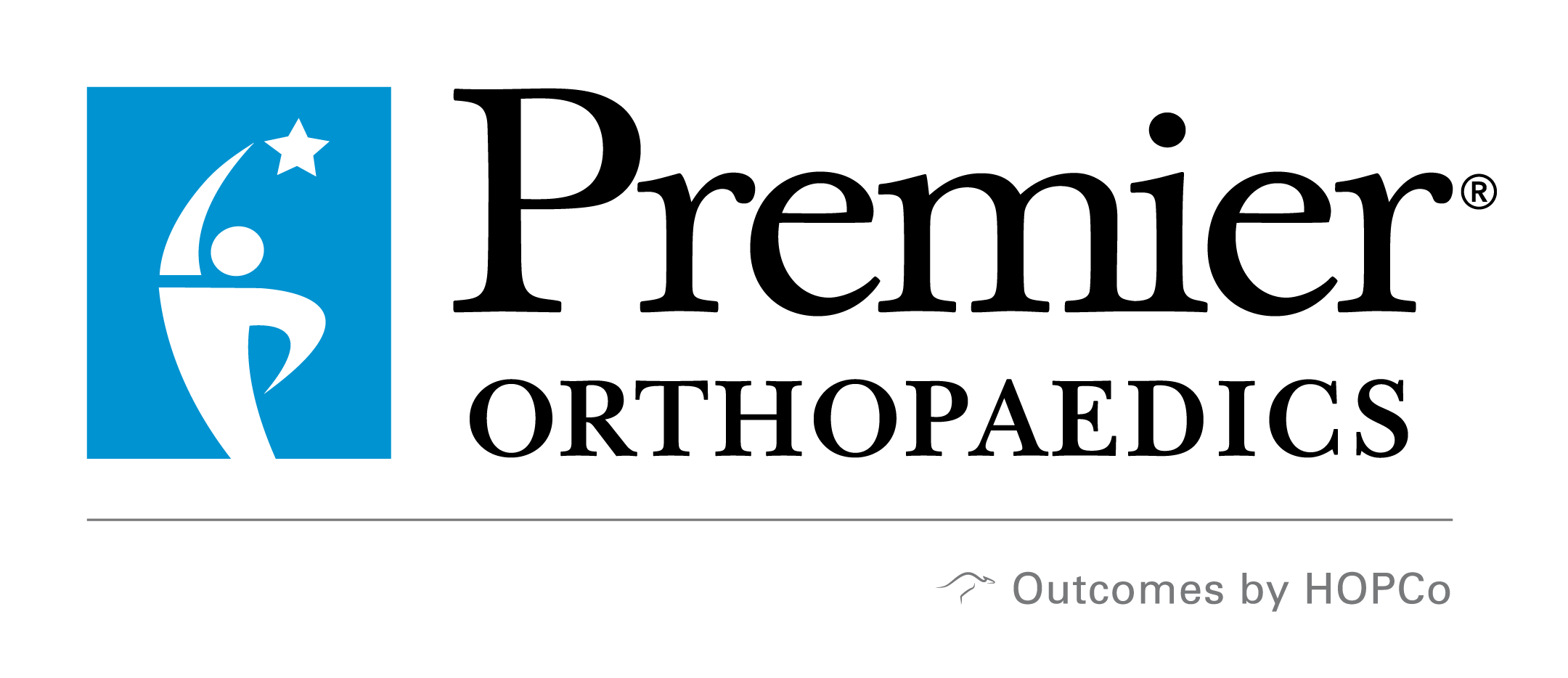If you are struggling with lower back pain that radiates down your leg, you might have hit the internet searching for answers, only to find the terms “sciatica” and “herniated disc” discussed frequently. This is because both conditions can cause debilitating back...
You open your eyes, stretch, and sit up, ready to start the day. But the moment your feet hit the floor, a sharp or aching pain shoots through your heels, arches, or the balls of your feet. Morning should feel refreshing, yet instead, you find yourself hobbling to the...
Are you a fitness enthusiast or a dedicated athlete who has suddenly been sidelined by a nagging, persistent pain in your calf and ankle? That sharp or aching sensation that flares up during or after activity could be the result of Achilles tendonitis. The Achilles...
Back to Running with Graston Technique

Running is one of the most popular types of physical activity in the world. It is estimated that the U.S. participation rate is more than 30 million people (Almeida, M. et al). Despite the fact that running offers participants many health benefits, it does, however, also lead to a higher likelihood of sustaining an injury due to its repetitive nature. Lingering or chronic symptoms are common among musculoskeletal injuries and can limit the way you move and feel while exercising. Some common injuries include: Achilles tendonitis/tendinosis, plantar fasciitis, Patella-femoral pain syndrome, Iliotibial band syndrome, and Quadriceps/Hamstring Strains. Foam rolling and massage sticks have become common tools in your “first aid kit”, but they don’t always fix the problem.
As musculoskeletal experts, physical therapists have a unique treatment technique to address these soft tissue restrictions. Graston® Technique is a non-invasive soft tissue mobilization using specially designed stainless steel instruments that allow trained clinicians to identify and treat areas of restriction. The instruments allow the clinician to break up scar tissue and fascial restrictions, which helps restore normal motion and decrease or eliminate pain. The technique may be uncomfortable for some, while others report no pain/discomfort during the treatment. Bruising may occur, but that is not the intent nor does it need to occur for the treatment to be effective. Typically performed 2x/week over the course of 4-8 weeks, Graston Technique is able to decrease the overall time of treatment for the patient while also lessening the need for anti-inflammatory and pain medications. In most cases, patients begin to see results in the first 1-3 sessions. Paired with the proper exercise program to stretch and strengthen effected tissues, Graston Technique allows you to get back in the game faster.
Reference: Almeida, M. et al. Biomechanical Differences of Foot-Foot Strike Patterns During Running: A Systematic Review With Meta-analysis. JOSPT. October 2015, Volume 45, Number 10.
By Kelly Spence, PT, MS, CKTP and Ron Goetsch, ATC, PTA. Premier Physical Therapy has Graston certified clinicians at 14 locations. Please visit premierortho.com/locations to find a provider near you.
